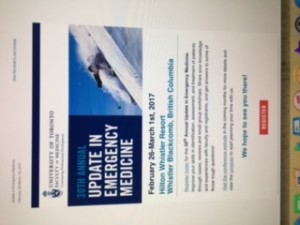Hi All,
A diagnosis I have never encountered till recent…and it is rare…
We had one through our ER earlier this year that resulted in a complaint coming to me due to delayed diagnosis.
I am not sure the young boy ( 9 yrs) even had this when he was seen in the ER although he did develop this…
Just another thing to think of!!! Part of resolving the complaint was helping raise awareness of this!
Of course it can be local from an abrasion or injury but often times not…
Hematogenous osteomyelitis of the patella
Gil-Albarova, Jorge; Gómez-Palacio, Victoria Eugenia; Herrera, Antonio
Journal of Pediatric Orthopaedics B: September 2012 – Volume 21 – Issue 5 – p 411–414
doi: 10.1097/BPB.0b013e328348da5b
Knee
Abstract
Author Information
Osteomyelitis is an uncommon infection that is considered to be a childhood disease. Diagnosis is frequently delayed, as it is a very rare condition and also because of its variable presentation. After an accurate diagnosis and treatment, the outcome is favorable in children. We present one case without recent previous infection, antecedent trauma, or penetrating injury, illustrating the difficulties in diagnosis. Nontraumatic osteomyelitis of the patella should be regarded as a rare hematogenous infection. A high index of suspicion should be addressed for early recognition.
